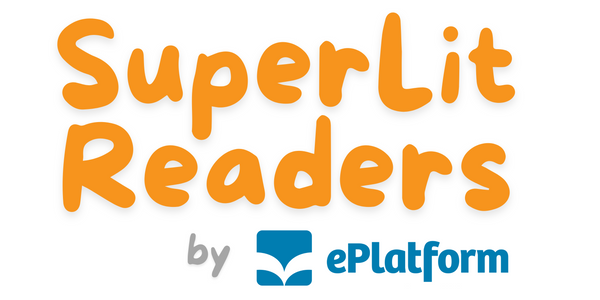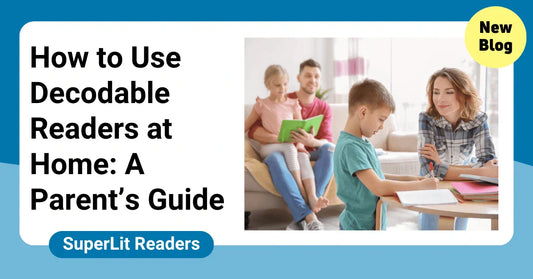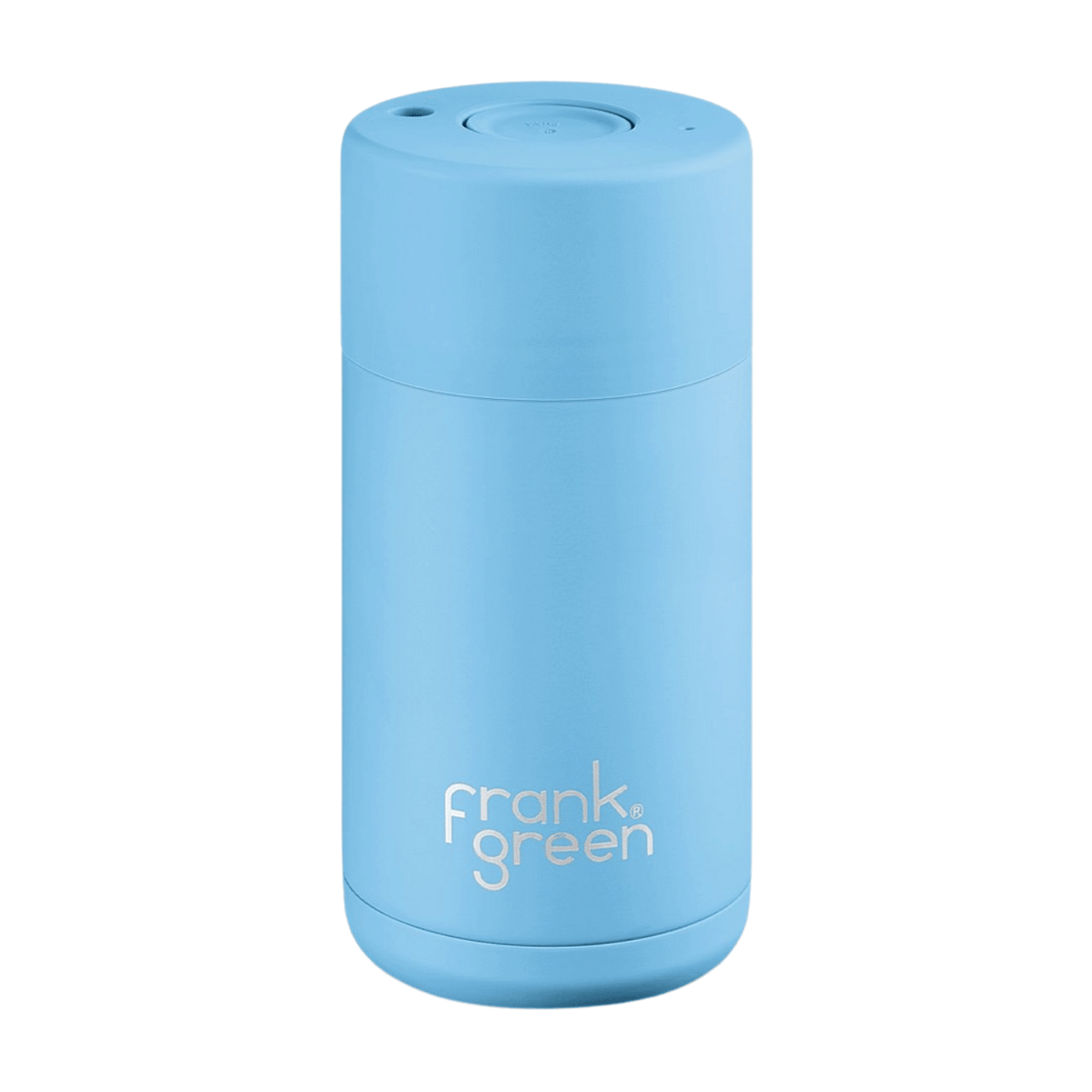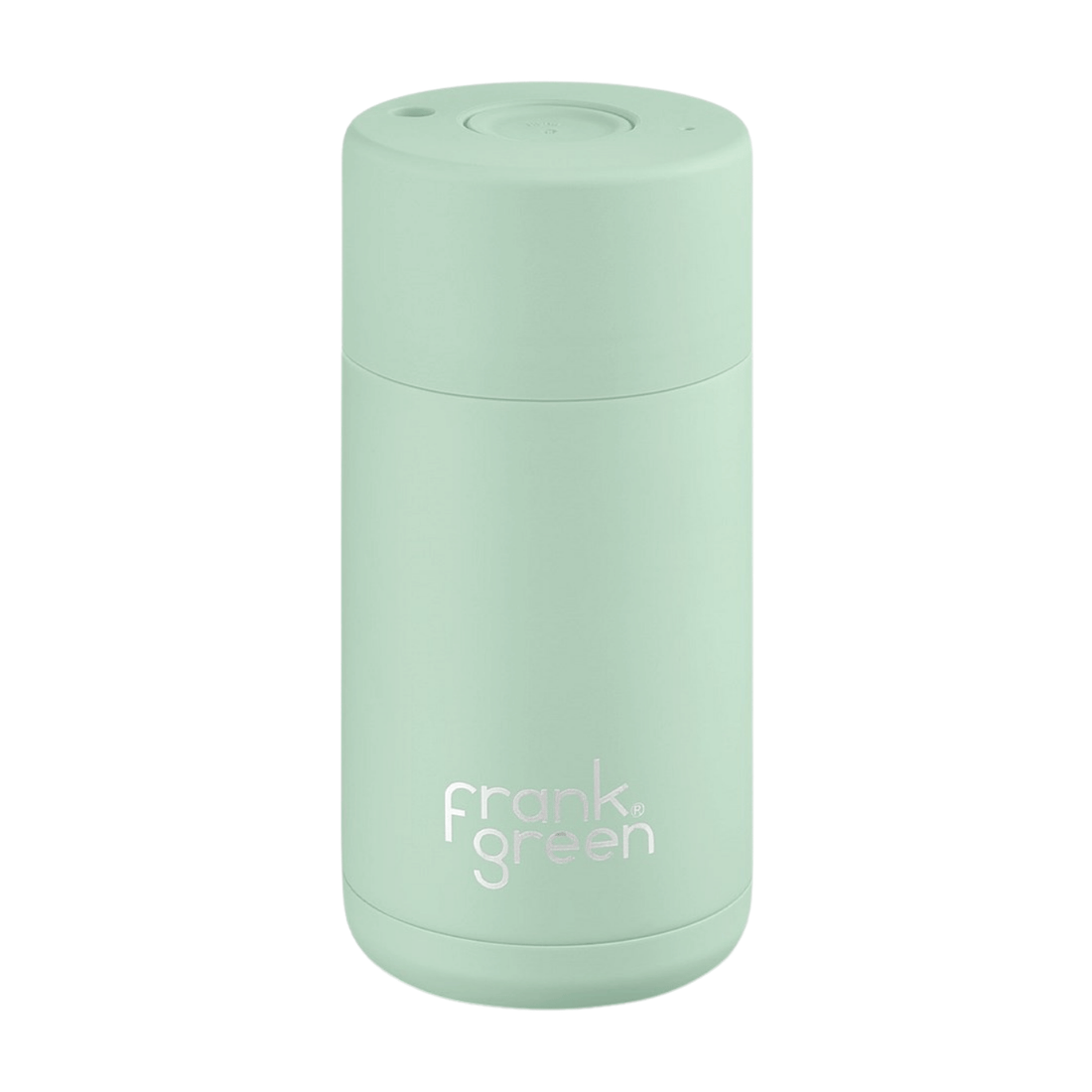What is Synthetic Phonics? Definition, Examples & Teaching Guide
Teaching a child to read is one of the most important skills you can pass on. Synthetic phonics is one of the most effective ways to achieve this.
This teaching method is backed by decades of research and is now embedded in the curriculum across the majority of primary schools in Australia. When you understand how it works, you can help students crack the reading code faster and with more confidence.

But what exactly is synthetic phonics? How does it compare to other approaches? And how do you teach it effectively without overwhelming your students or yourself?
Let’s answer all these questions and more.
Key Takeaways
- Synthetic phonics teaches children to read by learning sounds and blending them to form words.
- The systematic approach follows a set sequence, making learning easier to follow.
- Research shows synthetic phonics improves reading accuracy, fluency and spelling when taught well.
Table of Contents
- What Is Systematic Synthetic Phonics?
- Key Phonics Terminology
- How Does Synthetic Phonics Differ From Other Teaching Methods?
- Examples of Synthetic Phonics
- How To Use Synthetic Phonics In The Classroom
- Synthetic Phonics Trends
- FAQs
- Final Thoughts
What Is Systematic Synthetic Phonics?
Systematic synthetic phonics is a way of teaching reading that starts with the smallest units of sound in a word, known as phonemes, and shows students how to blend these sounds together to read whole words.
The synthetic part means building words from individual sounds rather than memorising them as whole shapes. The systematic part means teaching those sounds in a planned order, starting with the easiest and most common, and moving to more complex ones.
Think of it like giving students a clear map for learning to read. Instead of guessing words from pictures or context, they follow a step-by-step path that builds skills and confidence with every lesson.
Key Phonics Terminology
Some of the language used in synthetic phonics can feel like a code of its own. Here’s a quick guide to the terms you’ll hear most often.
- Phoneme: A single sound in a word. For example, cat has three phonemes: /c/, /a/, /t/.
- Grapheme: The written letter or letters that represent a sound. The /ee/ sound in tree is shown with the letters “ee.”
- Phonemic Awareness: The ability to hear, identify, and work with the individual sounds in spoken words. This is a listening skill and does not involve print.
- Phoneme–Grapheme Correspondence: The match between a sound and the letter or letters that represent it.
- Digraph: Two letters that work together to make one sound, like “ch” in chip.
- Trigraph: Three letters that combine to make a single sound, like “igh” in night.
- CVC Word: A word made up of a consonant, vowel, and consonant, such as dog or map.
- Decodable: A word that can be read using the sounds a learner has already been taught, without guessing.
- Decoding: Reading a word by recognising each sound and blending them together.
- Encoding: Spelling a word by working out which letters represent each sound.
How Does Synthetic Phonics Differ From Other Teaching Methods?
When it comes to teaching children to read, there are several approaches, but the main ones you’ll hear about are synthetic phonics, analytic phonics, and whole language (sometimes mixed into “balanced literacy”).
Whole language focuses on teaching children to recognise whole words by sight and to use context clues or pictures to guess unfamiliar words. While this can help with comprehension, it often means students rely on memorising words rather than understanding the building blocks of language.
Analytic phonics takes a different route. Instead of teaching sounds first, it starts with whole words and then breaks them down into parts. For example, a teacher might show the word cat and then discuss the /c/, /a/, and /t/ sounds. This method assumes children can already recognise the word, which can be a barrier for beginners.
Synthetic phonics flips the process. It teaches children the sounds first, then shows how to blend those sounds to read new words. Because the instruction is systematic and starts from the smallest units of sound, students can decode unfamiliar words without guessing.
Examples of Synthetic Phonics
Synthetic phonics can be taught in many ways, but they all focus on the same core principle; learning sounds and blending them to make words. Most lessons fall into a few common activity types that can be adapted for any classroom or home setting.
Sound introduction: The teacher introduces a new sound (phoneme) along with the letter or letters (grapheme) that represent it. For example, teaching the /sh/ sound and showing it written as “sh.”
Blending practice: Students practise joining individual sounds to form a word. For instance, /s/ + /u/ + /n/ becomes sun.
Segmenting for spelling: The reverse of blending. Students break a spoken word into its individual sounds and then write the matching letters. For example, hearing ship and working out it is “sh” + “i” + “p.”
Decodable reading: Learners read short books or passages made up of words they can sound out using the phonemes they have been taught. This gives immediate, achievable success without guessing.
Multi-sensory reinforcement: Using songs, movement, magnetic letters, or interactive games to help sounds stick in memory while keeping engagement high.
These activities can be mixed and repeated in different ways, but they all serve the same goal: giving students the tools to decode and spell words independently.
How To Use Synthetic Phonics In The Classroom
When introducing synthetic phonics, it might be tempting to jump in with every sound you can think of. That usually overwhelms students and makes it harder for the method to work.
Instead, a strong phonics plan is clear, consistent, and focused on small, achievable steps. This ensures students build confidence with each lesson rather than feeling lost in a sea of sounds.
- Your approach should cover the following:
- The sequence of sounds you will teach
- How to model blending and segmenting
- Opportunities for students to practise reading and spelling
- The resources and activities you will use
- How you will review and assess progress
Let’s look at how to set up synthetic phonics in your classroom for success.
Start With a Structured Sequence
Follow a clear order of phoneme–grapheme introductions, beginning with the simplest and most common sounds. For example, start with /s/, /a/, /t/, /p/, /i/, /n/ before moving to more complex digraphs and trigraphs.
This allows students to begin blending words quickly without being overwhelmed by irregular spellings.
Model Blending and Segmenting Daily
Show students exactly how to join sounds together to read words (blending) and how to break them apart to spell words (segmenting).
Think aloud as you do it, so they can follow your thought process. For example: “I see ‘sh’... that’s /sh/. Then I add /i/ and /p/ to make ship.”
Practise With Decodable Texts
Use books that match the sounds your students have learned so far. This ensures they can read most or all of the words without guessing.
Decodable readers give learners quick wins and reinforce the sound–letter patterns they are working on.
Link Reading and Writing
Have students write the sounds and words they are learning. This reinforces phoneme–grapheme correspondences and builds spelling skills alongside reading.
Short, regular writing tasks such as labelling pictures or writing simple CVC words can make a big difference.
Review and Reinforce
Revisit previously taught sounds and words often. Synthetic phonics is most effective when review is built in, helping knowledge stick long-term.
Use flashcards, matching games, or quick oral quizzes to keep things fresh and engaging.
Assess Progress Regularly
Use quick, informal assessments to check if students can recognise sounds, blend words, and spell correctly.
Keep a simple record of which sounds each student knows so you can adjust instruction where needed.
Keep It Active and Engaging
Synthetic phonics works best when students are actively involved. Use songs, actions, and tactile resources like magnetic letters or sand tracing to keep lessons interactive.
The goal is not just accuracy, but also making the learning process enjoyable so students look forward to each lesson.
Synthetic Phonics Trends
Synthetic phonics has moved from being one option among many to becoming the core of reading instruction in many Australian schools. While the fundamentals of the method stay the same, the way it is taught — and the tools used to deliver it — continue to evolve.
In the past two years, we have seen governments introduce mandatory phonics screening checks, an increased focus on Science of Reading alignment, and a surge in digital resources that make synthetic phonics more interactive and accessible.
Here are four key trends to keep on your radar in 2025:
Wider adoption of phonics screening checks
More states are introducing formal assessments for Year 1 students to ensure early reading gaps are identified and addressed. This is influencing how schools structure their phonics programs.
Stronger links to the Science of Reading
Synthetic phonics is now being positioned as a core part of evidence-based literacy instruction, with a growing emphasis on integrating phonemic awareness, fluency, vocabulary, and comprehension into the program.
Growth of digital and blended learning tools
Interactive eBooks, online games, and voice-guided reading platforms are making it easier for teachers to differentiate learning and for students to practise at home. Schools are increasingly looking for programs that combine print and digital resources.
Increased focus on teacher training
Professional development in synthetic phonics is in higher demand as schools aim for consistency across classrooms. Training now often includes modelling lessons, coaching, and using data to track progress.
Synthetic phonics is not a passing trend — it is becoming a long-term fixture in literacy education. The difference now is in how it is delivered, supported, and measured for impact.
FAQs
Is synthetic phonics only for beginners?
No. While it is most effective in the early stages of reading, synthetic phonics can also help older students who struggle with decoding. It provides a clear, step-by-step approach to reading that works at any age.
How long does it take to teach synthetic phonics?
Most programs aim to cover the core sounds and spelling patterns within two years, but the pace depends on the learners. Some students may master the basics in less time, while others will need ongoing review.
Can synthetic phonics be used alongside other methods?
Yes, as long as those methods do not encourage guessing words from pictures or context. Synthetic phonics works well as the decoding foundation, paired with activities that build comprehension, vocabulary, and fluency.
What makes synthetic phonics different from analytic phonics?
Synthetic phonics teaches sounds first and then blends them to read words. Analytic phonics starts with whole words and breaks them down into sounds, which can be harder for beginners who cannot yet recognise the words.
Do you need special books to teach synthetic phonics?
Yes. Decodable readers are designed to match the sounds students have learned so far, giving them the best chance to read independently without guessing.
Is synthetic phonics part of the Australian curriculum?
Many states have incorporated synthetic phonics into their literacy frameworks and assessments, including the Year 1 Phonics Screening Check. Schools are increasingly expected to use structured phonics programs.
Final Thoughts
Synthetic phonics has proven itself as one of the most reliable ways to teach children how to read. The method is clear, structured, and backed by strong evidence — but like any approach, it works best when it is applied with consistency and purpose.
If you are new to synthetic phonics, start by understanding the basics and following a structured sequence. Build in daily practice, regular review, and opportunities for students to apply their skills in both reading and writing.
Already seeing progress? Keep going. Layer in more complex sounds, expand vocabulary, and challenge students with decodable texts at just the right level.
The goal is not to use synthetic phonics in isolation, but to make it a central part of a balanced literacy plan that also includes comprehension, fluency, and a love of reading. When done well, it can set the foundation for a lifetime of confident reading.
— Happy Reading!






